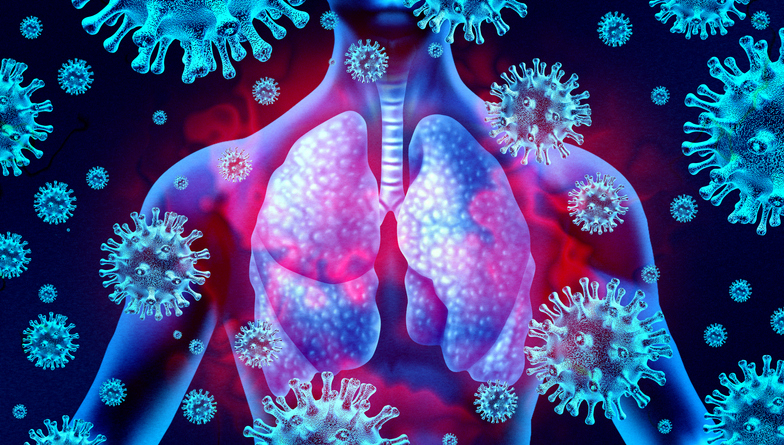Natural Killer Cell Deficiency
Assignment
Required Resources
Read/review the following resources for this activity:
- Textbook
- Weekly Concepts
- Minimum of 1 scholarly source
Scenario/Summary
 Shanice was a vibrant 16-year-old who was enjoying her high school years. As a good student, she loved attending school and woke every morning eager to start the day. A popular girl, she was surrounded by many friends who all enjoyed each other’s company.
Shanice was a vibrant 16-year-old who was enjoying her high school years. As a good student, she loved attending school and woke every morning eager to start the day. A popular girl, she was surrounded by many friends who all enjoyed each other’s company.
From an early age, Shanice had been susceptible to recurrent viral and bacterial infections. No matter what she tried, she tended to have numerous infections every year which put a damper on some of her social activities.
Recently, she had been experiencing recurrent lung infections, spending a week in the hospital with pneumonia and recurrent herpes viral infections. Concerned over these recurrent infections, Shanice was sent to an immunologist for further consultation.
Tests were performed to evaluate the number and activities of her B-cells, T-cells, and natural killer cells. Results showed that Shanice had low numbers and decreased activity of her natural killer cells.
Keep in mind that natural killer cells are part of the innate immune response.
Deliverables
Answer the following questions and save your responses in a Microsoft Word document. Provide a scholarly resource to support your answers.
- Why are natural killer cells considered to be part of the innate immune response?
- What types of cells do natural killer cells act against?
- Describe the process whereby natural killer cells kill other cells and the role of macrophages in the process.
- The Immunologist cautioned Shanice that she may be more susceptible to virally induced cancers. Why did the Immunologist state this?
- What treatments or other options does Shanice have to counteract the natural killer cell deficiency?
Submit your case study document to Turnitin. For more information on Turnitin, view the following link:
Required Software
Microsoft Office: Word


